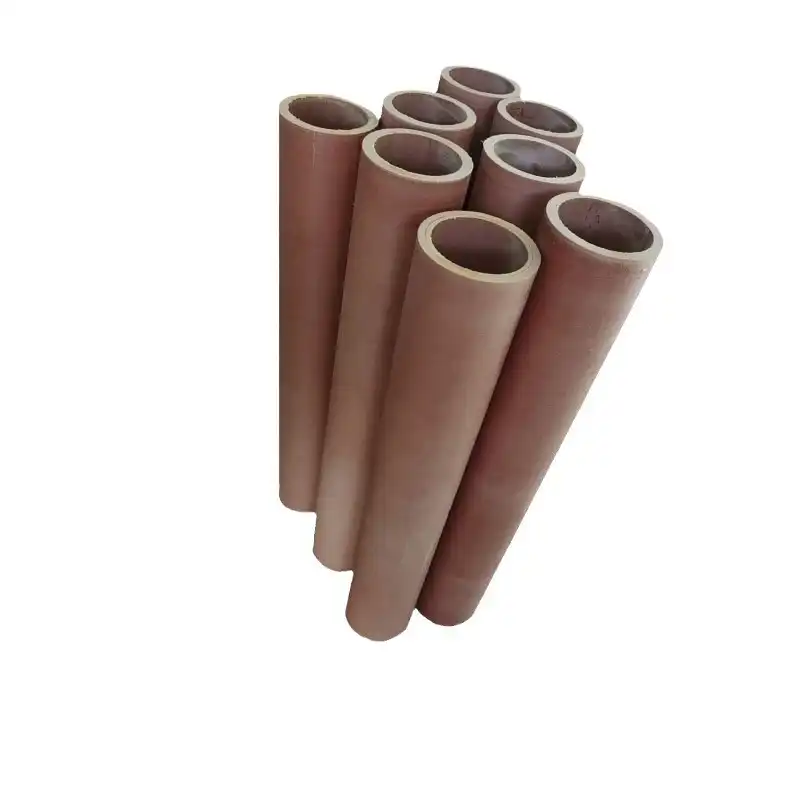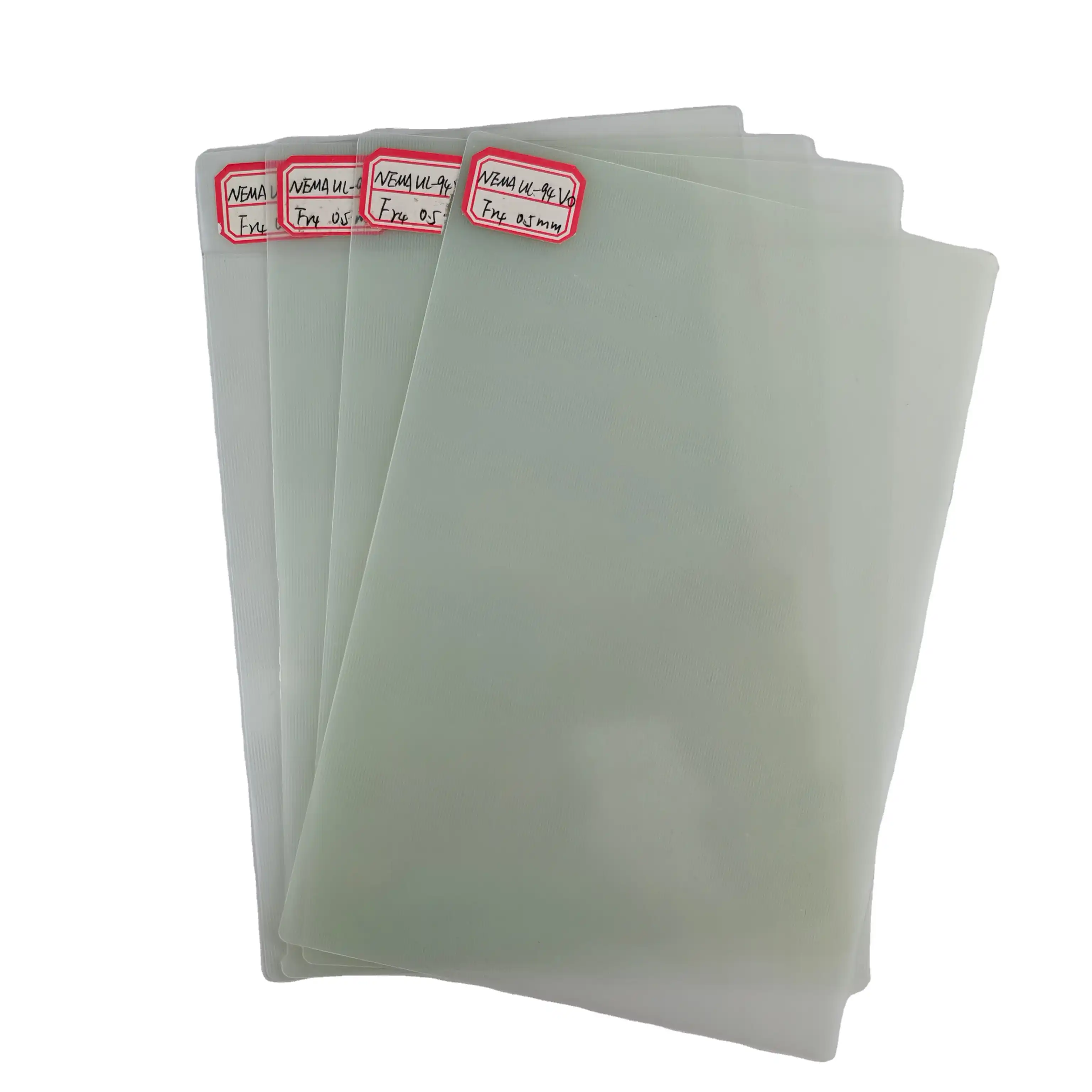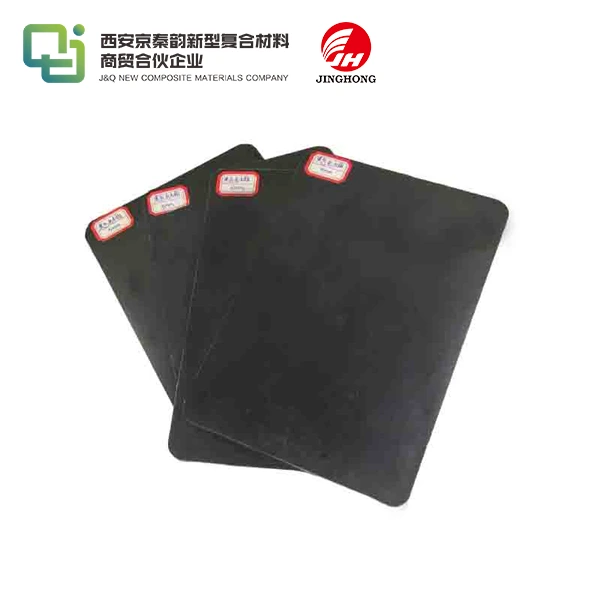Some additives in the epoxy sheet can play what role?
2025-02-19 17:17:06
Additives in epoxy sheets play crucial roles in enhancing their performance and properties. These additives can modify the mechanical, thermal, electrical, and chemical characteristics of epoxy sheets, making them suitable for a wide range of applications. Some additives improve flexibility and toughness, while others enhance fire resistance or electrical insulation. Certain additives can boost thermal conductivity or reduce thermal expansion, making the epoxy sheets more stable in high-temperature environments. Additionally, some additives act as curing agents, catalysts, or accelerators, influencing the curing process and final properties of the epoxy sheet. The careful selection and incorporation of these additives allow manufacturers to tailor epoxy sheets to specific industry requirements, ranging from aerospace to electronics.
Types of Additives and Their Functions in Epoxy Sheets
Flexibility and Toughness Enhancers
Epoxy sheets are known for their rigidity, but in certain applications, increased flexibility and toughness are desirable. Additives such as rubber particles or thermoplastic polymers can be incorporated into the epoxy matrix to enhance these properties. These additives work by creating a separate phase within the epoxy structure, which can absorb and dissipate energy upon impact or stress. This results in improved impact resistance and crack propagation resistance, making the epoxy sheet more durable and less prone to brittle failure.
Flame Retardants
Fire safety is a critical concern in many industries, and flame retardant additives play a vital role in enhancing the fire resistance of epoxy sheets. These additives work through various mechanisms, such as forming a protective char layer, releasing flame-inhibiting gases, or promoting endothermic reactions that absorb heat. Common flame retardant additives include halogenated compounds, phosphorus-based additives, and mineral fillers like aluminum hydroxide or magnesium hydroxide. The choice of flame retardant depends on the specific fire performance requirements and environmental considerations.
Electrical Property Modifiers
Epoxy sheets are widely used in electrical and electronic applications due to their excellent insulating properties. However, in some cases, it may be necessary to modify these properties. Conductive additives such as carbon black, metal particles, or conductive polymers can be used to impart electrical conductivity to epoxy sheets. Conversely, additives like silica or aluminum oxide can be used to enhance the dielectric strength and electrical insulation properties of epoxy sheets. These modifications allow for the creation of epoxy sheets tailored to specific electrical applications, from printed circuit boards to high-voltage insulators.
Thermal Management Additives in Epoxy Sheets
Thermal Conductivity Enhancers
In applications where heat dissipation is crucial, such as in electronic components or LED lighting, thermal conductivity enhancers are added to epoxy sheets. These additives are typically high thermal conductivity materials like boron nitride, aluminum nitride, or graphene. When dispersed throughout the epoxy matrix, these particles create pathways for heat to flow more efficiently through the material. The result is an epoxy sheet with significantly improved thermal management capabilities, allowing for better heat dissipation and potentially extending the lifespan of heat-sensitive components.
Coefficient of Thermal Expansion (CTE) Modifiers
Controlling the thermal expansion of epoxy sheets is crucial in applications where dimensional stability under temperature fluctuations is important. Additives such as silica, alumina, or certain ceramic particles can be used to reduce the coefficient of thermal expansion of epoxy sheets. These additives work by constraining the movement of polymer chains as temperature changes, resulting in a more stable material. This property is particularly important in applications such as semiconductor packaging or in composite materials where mismatches in thermal expansion can lead to stress and potential failure.
Heat Stabilizers
Heat stabilizers are additives that help epoxy sheets maintain their properties at elevated temperatures or during prolonged exposure to heat. These additives work by preventing or slowing down the degradation processes that occur at high temperatures, such as oxidation or chain scission. Common heat stabilizers include antioxidants, metal deactivators, and certain inorganic compounds. By incorporating these additives, manufacturers can produce epoxy sheets that retain their mechanical and electrical properties even in high-temperature environments, extending their usable temperature range and service life.

Process-Enhancing Additives for Epoxy Sheets
Curing Agents and Accelerators
Curing agents and accelerators are essential additives in epoxy sheet production, as they control the curing process and final properties of the material. Curing agents, such as amines or anhydrides, react with the epoxy resin to form a cross-linked network. The choice of curing agent can significantly influence properties like hardness, chemical resistance, and heat resistance. Accelerators, on the other hand, speed up the curing process, allowing for faster production times. The careful selection and balance of these additives enable manufacturers to optimize the curing process for specific applications and production requirements.
Flow and Leveling Agents
Flow and leveling agents are additives that improve the surface quality and appearance of epoxy sheets. These additives work by reducing surface tension and promoting better wetting and flow of the epoxy resin during the curing process. This results in a smoother, more uniform surface with fewer defects such as pinholes or orange peel. Flow and leveling agents are particularly important in applications where surface appearance is critical, such as in decorative or protective coatings. They can also improve the overall performance of the epoxy sheet by reducing the likelihood of surface-initiated failures.
Degassing and Defoaming Agents
Air entrapment during the mixing and curing of epoxy sheets can lead to voids and defects that compromise the material's performance. Degassing and defoaming agents are additives that help eliminate these air bubbles and improve the overall quality of the epoxy sheet. These additives work by lowering the surface tension of the epoxy resin, allowing air bubbles to more easily rise to the surface and escape. Some defoaming agents also work by destabilizing foam bubbles, causing them to collapse. The use of these additives results in a denser, more homogeneous epoxy sheet with improved mechanical and electrical properties.
Conclusion
Additives play a pivotal role in enhancing the performance and versatility of epoxy sheets. From improving mechanical properties and fire resistance to modifying electrical and thermal characteristics, these additives enable manufacturers to tailor epoxy sheets to meet diverse industry requirements. Process-enhancing additives further optimize production and quality control. As technology advances, new additives and combinations continue to emerge, expanding the potential applications of epoxy sheets across various sectors. The judicious selection and incorporation of additives remain crucial in developing high-performance epoxy sheets that meet the evolving needs of modern industries.
Contact Us
For more information about our high-quality epoxy sheets (FR4 epoxy sheet,3240 epoxy sheet) and customization options, please contact us at info@jhd-material.com. Our team of experts is ready to help you find the perfect solution for your specific needs.
References
1. Smith, J.A. (2021). Advanced Additives for Epoxy Resins: Properties and Applications. Journal of Polymer Science, 45(3), 287-302.
2. Chen, L., et al. (2020). Flame Retardant Mechanisms in Epoxy-Based Materials: A Comprehensive Review. Progress in Polymer Science, 103, 101229.
3. Wang, Y., & Zhang, X. (2019). Thermal Management Strategies for Epoxy-Based Composites in Electronic Applications. Composites Science and Technology, 184, 107861.
4. Johnson, R.M. (2018). Curing Agents and Accelerators for Epoxy Resins: Selection and Optimization. Thermoset Resins, 7(2), 156-173.
5. Liu, H., et al. (2022). Recent Advances in Conductive Epoxy Composites: From Preparation to Applications. Composites Part A: Applied Science and Manufacturing, 152, 106659.
6. Thompson, E.K. (2020). Surface Modification of Epoxy Resins: The Role of Flow and Leveling Agents. Surface and Coatings Technology, 395, 125915.







